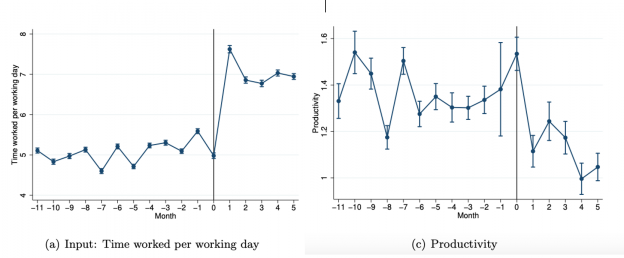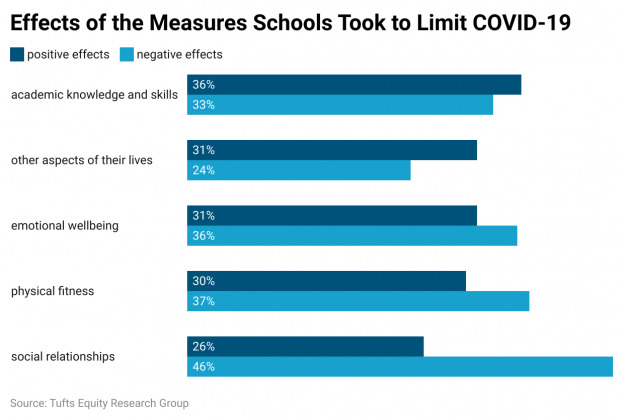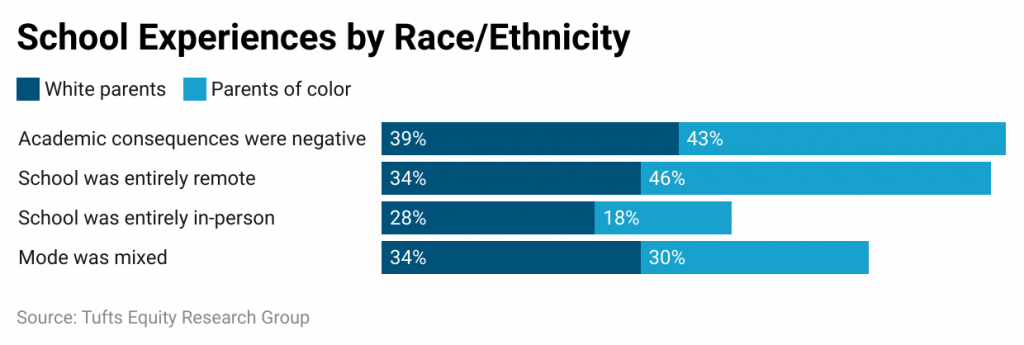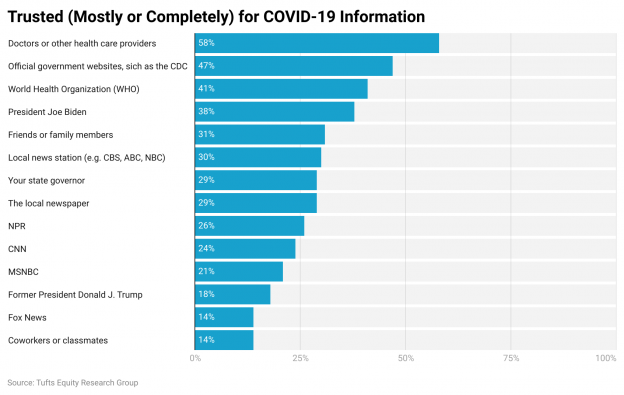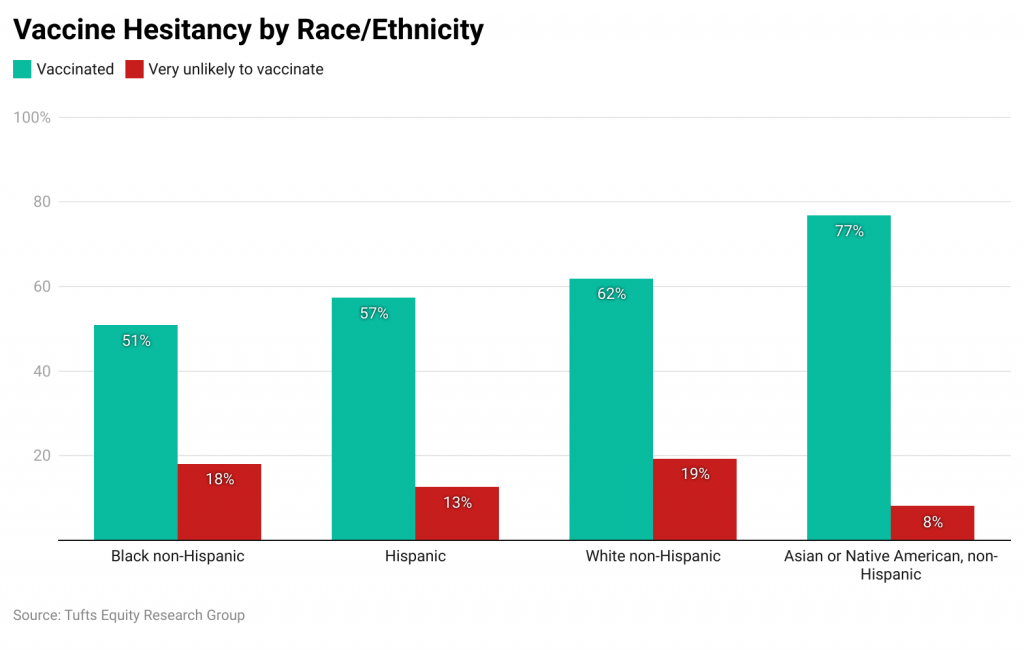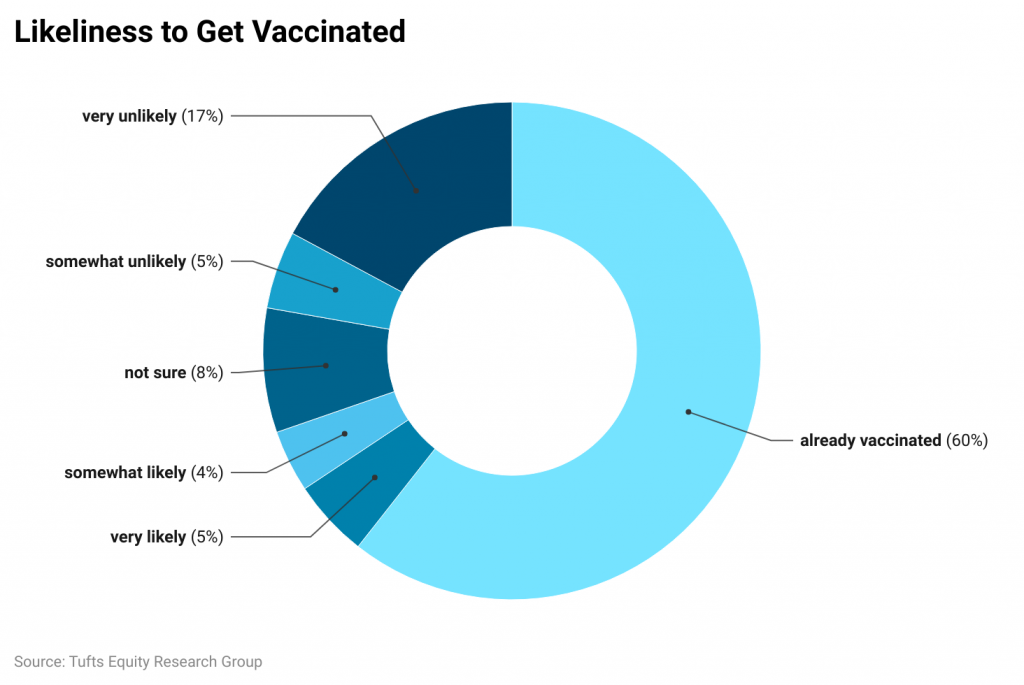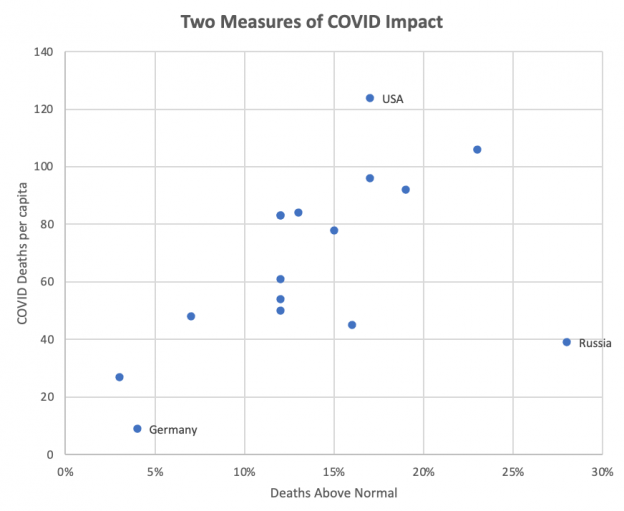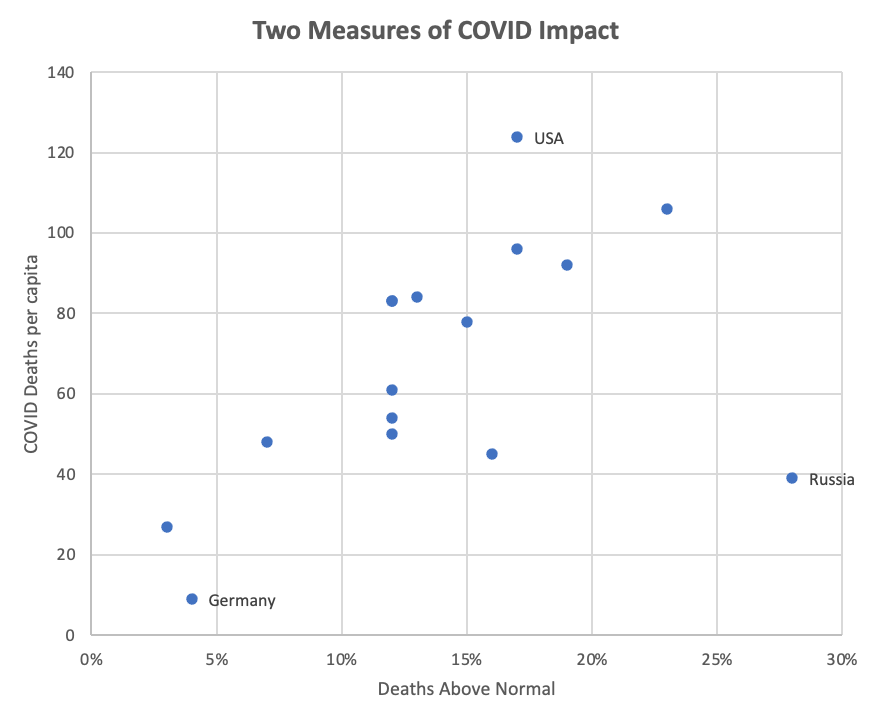- Facebook157
- Threads
- Bluesky
- Total 157
Michael Gibbs, Friederike Mengel, and Christoph Siemroth (2021) examined the effects of the pandemic on employees of a “large Asian IT services company,” for which they have extraordinarily detailed data. As shown in the graphs, employees worked more hours and produced less during the pandemic. Staff also received less mentoring. Those who had children at home were the worst affected. The major reason appears to be an increase in the amount of time spent on coordinating activities. Productivity worsened as the months passed–there is little evidence that the firm solved its coordination problems.
Results from one organization may not generalize. A school, a house-cleaning service, or a physical production facility might see very different results. Even a different IT company (or a similar company in a different national and cultural context) might experience the pandemic differently. However, one would think that an IT services company would be especially good at managing remote work–not only because of its employees’ skills and technical capacity, but also because its products were already virtual before COVID-19.
If–like me–you are worried about the effects of remote work on life in cities, on restaurants and other small businesses, and on workers’ solidarity, then this paper offers some good news. Apparently, it is not easy to manage remote work. It is still helpful to bring workers together into one physical location. Maybe regular routines will return in 2021-22.
I wondered to what extent the findings applied to me. I’ve certainly spent more hours working during the pandemic than ever before. I don’t actually think I spent more time coordinating activities, e.g., scheduling. I manage my own calendar, travel, etc., but I feel increasingly efficient at that–thanks, in part, to a good scheduling app.
To some extent, for me, the past year simply continued a longer-term trend of increasing work-hours, which is very common. In addition, many programs, organizations, projects, employees, and students experienced crises related to the pandemic and the economy, Trump and the election, or racism, and those issues have demanded attention.
Finally, working from home removed any need to move around, whether from one room to another on campus or from one city or country to another. As a result, I could schedule meetings back-to-back all day, when previously I would have had to build in transit time. Arguably, I was more “productive” as a result–that depends on whether those meetings did any good. But I felt less able to reflect on things, to mull things over. Ever since I was a little kid, I’ve always done most of my mulling-over while walking. I blogged less this year than at any time since I started to blog in 2003, and that’s partly because I often felt I hadn’t had any time to think and had nothing new to say. Again, whether that change reflects a decline in my “productivity” depends on whether the content would have had any value–maybe the world was spared some extra bytes.
I have been extraordinarily fortunate through this whole period, and one great advantage is my ability to do my job basically as well as usual. I’ve watched many other people struggle to achieve their goals and maintain their vocations. I think my courses went well online, I completed a book, and I participated in many collaborative projects. I certainly did not feel isolated–in fact, as an introvert, I felt continuously challenged by the number of consecutive hours talking with other people on Zoom. But perhaps what I have missed most is time spent alone, moving through urban space.
Source: Gibbs, Mengel & Siemroth (2021), Work from Home & Productivity: Evidence from Personnel & Analytics Data on IT Professionals,” BFI Working Paper, May 06, 2021
